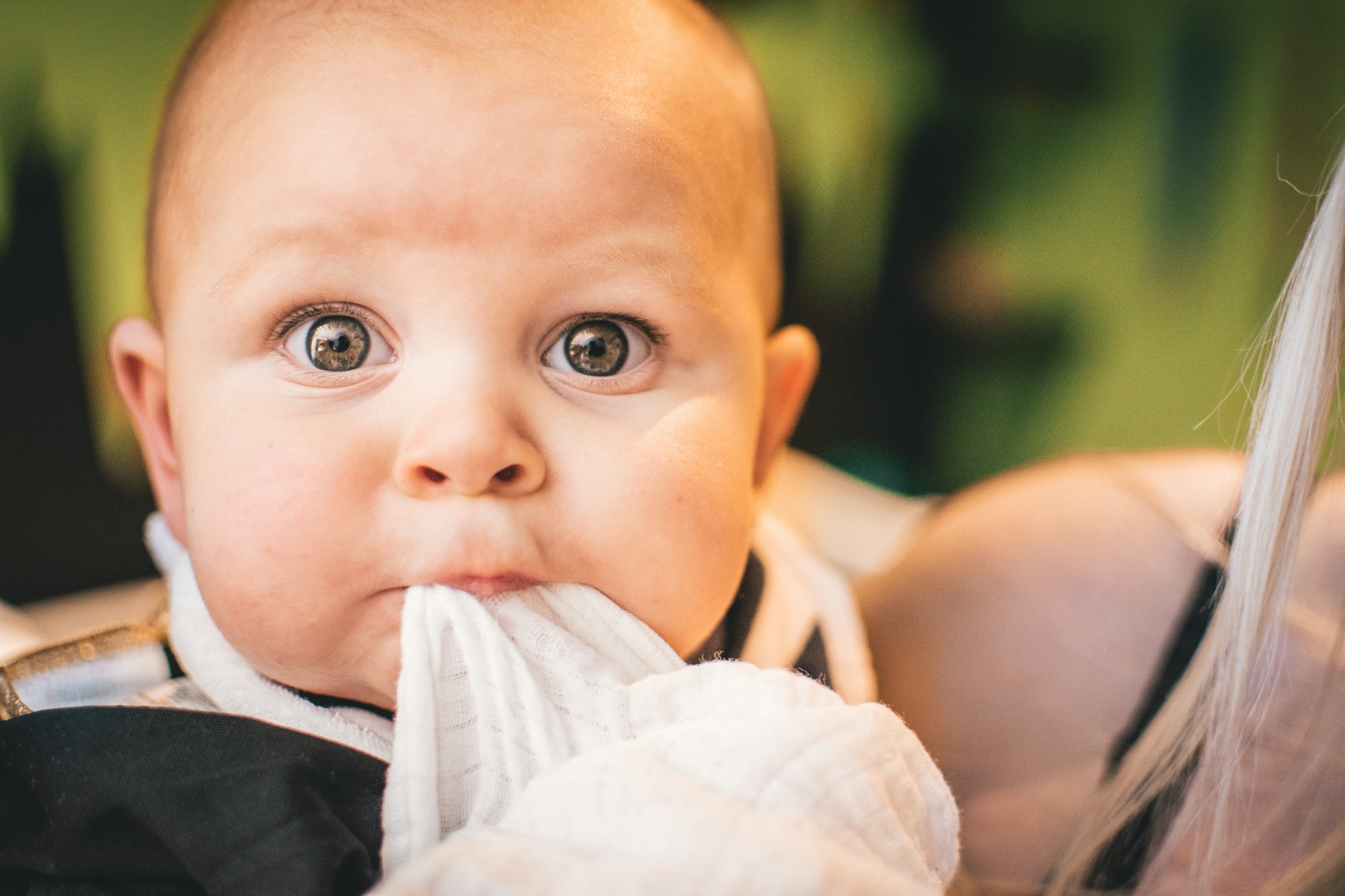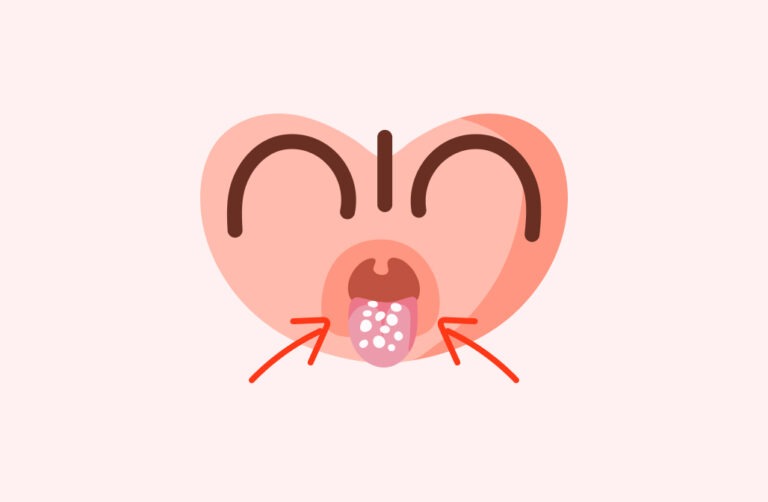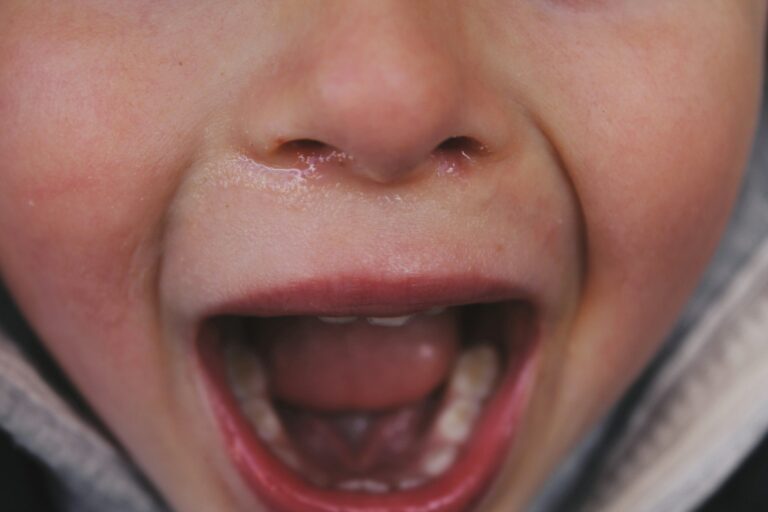Teething—two syllables that can instantly spark concern, confusion, and even a hint of dread among new parents. The journey of a teething baby is often marked by a whirlwind of drooling, crankiness, disrupted sleep, and the constant search for anything safe to chew. Sound familiar? Many parents worry if their baby’s fussiness might signal something more serious, or wonder whether that relentless urge to gnaw is truly related to teething. Understanding what’s normal (and what isn’t), backed by scientific explanations and up-to-date medical guidance, is the first step to turning worry into confidence. Ready to transform your teething baby journey into one that’s clear, manageable, and even a little empowering?
Plunge into a detailed exploration of the teething timeline, signs (both classic and unexpected), practical methods to soothe discomfort, the importance of early oral care, and strategies that recognize the emotional needs of growing families.
Recognizing a teething baby: signs and timing
What really is teething in babies?
Visualise this: your baby’s first teeth—those tiny, dazzling pearls—begin their slow ascent, pushing upwards from hidden gumline depths. This biological passage is called teething. The process is as ordinary as it is remarkable. All babies are born with 20 primary teeth snugly concealed in their gums. As time ticks forward, hormonal signals soften the gum tissue, paving the way for these teeth to erupt. The outcome? Gums may become swollen and delicate, sometimes sporting a visible hard bump just under the surface.
Is your teething baby drooling a small waterfall? Clamouring to chew everything—even the edge of your sari? That’s completely typical. From persistent irritability, a rosy rash around the mouth (thanks to continuous saliva), and subtle feeding changes, teething can shape your little one’s daily rhythm in surprising ways.
When does teething begin?
The textbook answer: most teething babies start this saga at around six months. But the true story is a bit more varied. Some infants surprise their parents by showing that first tooth at only four months, while others patiently (or not-so-patiently) wait up to a year. The sequence? The lower central incisors usually brave the world first. By the third birthday, the cast is generally complete—20 dazzling teeth primed for all those giggles and first bites.
Baby tooth eruption: a predictable cascade
Here’s how the journey generally unfolds:
- Lower central incisors
- Upper central incisors
- Lateral incisors
- First molars
- Canines
- Second molars
The discomfort isn’t uniform—often, the first eruptions bring the sharpest protest, but subsequent teeth may glide in with less drama. Still, every teething baby writes their own story, influenced by genetics and temperament.
Why does teething cause discomfort?
Think of the gums as densely innervated, very sensitive tissue. As teeth push through, they trigger inflammation, mild swelling, and tenderness. A teething baby perceives this as unfamiliar, sometimes even painful, especially when feeding or trying to sleep. Thankfully, most discomfort can be soothed with thoughtful interventions at home.
The impact of teething on babies
Physical signals: from tender gums to a shy fever
The classic portrait of a teething baby isn’t one of unremitting agony—but rather a tapestry of signs, both mineral and fleeting. You may notice:
- Swollen or red gums (often with a visible white “nub” beneath the surface)
- Fussiness or being extra clingy
- Plentiful drooling (protect skin to prevent irritation)
- The infamous urge to chew anything in sight
Interestingly, it’s common for teething babies to develop a slight rise in temperature—but when measured, it’s generally within safe limits (below 100.4°F / 38°C). Also, ear-tugging and cheek-rubbing may occur as pain radiates along neural pathways.
Sleep, feeding, and the “new normal”
It’s not unusual for teething to temporarily disrupt your baby’s night time serenity. Sleep may be harder to come by. Sore gums might make feeding—nursing or bottle—less appealing, or conversely, some babies find the act of nursing relaxing. Averse to hard foods? Experiment with chilled, soft textures—puréed fruits or plain yogurt often win the day. Hydration with small, frequent sips of water (if the baby is older than six months) can make a tangible difference.
Mood, behaviour, and routine shifts
Perhaps your easy-going teething baby has suddenly become a professional cling-seeker, seeking the comfort of arms far more than before. Repeated crying, unpredictable nap timings, and retreat from usual favourites are not uncommon. These patches, though taxing, are temporary; as the teeth emerge, calm generally returns.
Identifying teething symptoms: what’s normal and when to seek help
The tell-tale signs—and what’s unusual
Most teething symptoms are short-lived, mild, and manageable at home:
- Classic irritability and tears (usually resolving as the tooth emerges)
- Noticeably swollen or red gums
- Rashes or redness round the mouth (saliva-induced)
- Copious drooling—sometimes with damp clothes as silent witnesses!
- Mild temperature elevation
Other less frequent signs can include decreased appetite and extra night wake-ups. Persistent ear-tugging without fever? Often linked to teething baby stage, but if accompanied by high temperature or signs of distress, paediatric evaluation for ear infection becomes wise.
Red flags—when to consult a doctor
Certain symptoms call for prompt attention:
- High fever (beyond 100.4°F / 38°C)
- Marked lethargy, loss of responsiveness
- Vomiting, diarrhoea, widespread rash
- Repeated refusal to eat or drink
- Minimal urine output
- Prolonged, inconsolable crying
Teething, by itself, does not cause systemic illness. If your teething baby exhibits symptoms outside the above “classic” picture, medical review is best for peace of mind and timely treatment.
Illness versus teething: how to tell?
Ask: is the fever high? Are digestive upsets present? Is the skin rash spreading? Embedding this checklist in your parental arsenal guards against delay when true illness is at play. As a rule, teething doesn’t manifest with high fever or digestive disturbances.
Safe and effective ways to soothe teething discomfort
Teething toys, chewables, and what to avoid
A cool, solid rubber teether is often a teething baby’s best friend. Chilled, not frozen, is key—frozen items risk injury. Always avoid liquid- or gel-filled teethers that can crack or leak, and leave teething gels (especially benzocaine or lidocaine formulas) on the shelf—they may have unsafe side effects.
Never tie a teether or any object around a baby’s neck, wrist or ankle—these pose real choking or strangulation dangers.
Gum massage and cool comfort
A clean finger, gentle pressure, or a cool, damp washcloth can provide real comfort for an irritable teething baby. Avoid hard or sharp-edged objects; injury to developing gum and tooth is best avoided.
Breastfeeding, bottle and hydration hacks
Some teething babies find breastfeeding deeply soothing, while others struggle—each response is valid. For babies eating solids, cold purées or simple refrigerated yogurt are excellent choices. If over six months, add sips of clean water, which helps with hydration and soothes the mouth.
Medical pain relief: when and how
If your teething baby’s discomfort overwhelms basic measures, paracetamol (acetaminophen) at appropriate, medically prescribed doses may provide respite. Ibuprofen is an alternative for babies over six months, if needed. Stay clear of homeopathic gels or teething tablets—a number contain substances like belladonna, linked to toxic effects.
Comfort routines and emotional support
Rhythms matter. Consistent bedtime, gentle rocking, soft music, and quiet hugs can all become anchors for a teething baby facing sleepless nights. Comfort is not spoiling—scientifically, affectionate touch helps reduce stress and build resilience.
Oral care during and after teething
Gums and teeth: cleaning from the start
Even before the first little tooth appears, daily cleaning with a damp, soft cloth sets the stage for healthy mouths. Once teeth make their debut, a baby toothbrush with soft bristles and a smear (the size of a rice grain) of fluoridated toothpaste is perfect for twice-daily brushing.
Brushing, toothpaste, and flossing
No need to rinse after brushing—a small layer of fluoride is protective. Once two teeth make contact, use gentle flossing to remove residue between them. And remember, teething baby routines are foundations for a lifetime of dental health.
Tooth decay prevention
Milk or juice bottles at bedtime? Not advised—they raise cavity risk, especially with newly erupted teeth. Keep sugary snacks rare, clean pacifiers regularly, and use water as the main drink after six months.
First dental visit
By age one or when the first tooth appears, a dental check-up is best. Dentists can offer guidance on everything from cleaning technique to pacifier habits.
Common pitfalls and safety tips for teething babies
Unsafe products: why to steer clear
Avoid jewelry (necklaces, anklets, bracelets) marketed as teething aids—these are recognised choking and strangulation risks. Amber necklaces, especially, lack proven benefits and are best avoided.
Teething gels, homeopathic and sweet solutions: what science says
Benzocaine and lidocaine teething gels may cause rare but serious side effects and are not recommended for teething babies. Homeopathic tablets, especially those containing belladonna, are also unsafe. Dipping teethers in honey or sweet syrups brings dental decay and, for babies under a year, risks dangerous botulism.
Preventing oral injuries
Stick with solid rubber teethers or a chilled washcloth. Never give frozen foods, or tie anything around body parts, and always supervise chewing to preempt accidental injury.
Myths, facts, and reassurance for parents
Widespread misconceptions
No, teething baby symptoms do not include high fever, severe diarrhoea, or dangerous illness. And no, jewelry and traditional numbing gels are not effective or safe.
What the research actually shows
Gentle massage, chilled teethers, and paediatrician-recommended medications are the reliable remedies economists, paediatricians, and child health experts agree on. If your teething baby seems unusually unwell—always consider a different diagnosis.
Crafting a comfort zone
From regular wiping of drool to steadfast routines and ample cuddles—these everyday gestures build security. Each act of support helps a teething baby weather the discomfort and emerge healthier and happier.
Supporting parents through the teething baby stage
Self-care and stress-busting
The emotional toll of a teething baby phase is sometimes underestimated. It’s completely valid to feel exhausted or frustrated by disrupted routines. Ask for support—be it sharing feeding duties, or a brief solo walk. Deep breathing, light stretches, and connecting with other parents—online or offline—can replenish flagging reserves.
Eat nourishing meals, maintain hydration, squeeze in rest where possible, and if feeling truly overwhelmed, engage with paediatricians or local parent groups. Guidance and encouragement are just a conversation away.
Emotional perspective
A fussy teething baby isn’t seeking to “misbehave”—it’s a physiological drive for comfort. Consistent empathy, patience, and gentle reassurance set the stage for secure attachment and resilience, far beyond the teething phase.
Teething and developmental milestones
Parallel progress: teething and other skills
Teething often waltzes alongside other milestones: newfound ability to grip and mouth objects, the slow introduction of new tastes and textures, and expanding curiosity. There’s no evidence suggesting teething delays motor or mental development—a teething baby can learn, play, and thrive all at once.
Delayed teething: when to be concerned?
If by 18 months a teething baby still shows no sign of teeth, or if there are multiple developmental concerns, professional evaluation is sensible. But isolated delayed teething is rarely a sign of underlying problems—biology marches to its own unique drumbeat.
Key Takeaways
- The teething baby stage is natural, sometimes a little noisy, and always temporary.
- Most teething baby symptoms—like gum swelling, drooling, and mild fussiness—can be soothed with gentle gum massage, chilled teethers, and comforting routines.
- Begin dental hygiene with a soft cloth for gums, progressing to a baby toothbrush and trace of fluoridated toothpaste as soon as that first tooth peeps through.
- Avoid hazardous products like jewelry, gels with benzocaine or lidocaine, and sugary “remedies”.
- Trust your instincts—any high fever, persistent vomiting or rash, or unusual behaviour requires consultation with your paediatrician.
- Your well-being matters just as much; get support whenever needed.
- For expert advice tailored to your family, download the application Heloa for personalised tips and free health questionnaires for your child.
Questions Parents Ask
Can teething cause a runny nose in babies?
It’s very easy to attribute every sniffle your teething baby makes to those hard-working gums. While mild runny nose can accompany teething due to increased saliva, actual research indicates teething is not a direct cause of cold-like symptoms. Most often, infection with minor respiratory viruses picked up as your baby explores the world is to blame. If snot turns thick or green, or there are extra symptoms like cough or fever, it’s wise to check with your paediatrician.
How long does each teething episode last?
Most parents wonder—how long will their baby be uncomfortable each time a new tooth arrives? Generally, each tooth stirs up fussiness for just a few days before and after it shows up. While the teething baby chapter may seem endless, most discomfort is brief and sporadic. Remind yourself—calmer days are truly just around the corner.
Do all babies experience the same teething symptoms?
The answer is unequivocally no. Every teething baby is unique. Some seem mostly unfazed; others voice their discomfort more straightforwardly. Genetics, sensitivity, and temperament all play a role. Don’t worry if your baby’s teething looks different from the neighbour’s—if anything seems out of the ordinary, a chat with your paediatrician provides welcome reassurance.
Further reading:









